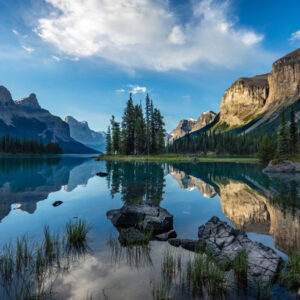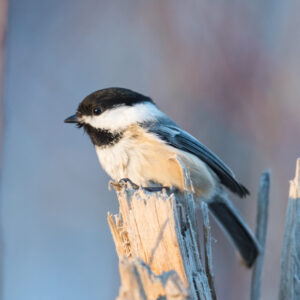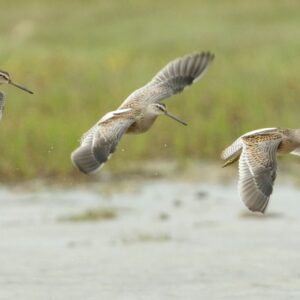Exclusive Article From Holly Hogan, Author of Message in a Bottle: Ocean Dispatches from a Seabird Biologist
I have spent decades working on seabirds in colonies and at sea. From my first visit to the world’s second largest gannet colony at Cape St. Mary’s Ecological Reserve—a two-hour drive from St. John’s and a one-kilometer walk along a sheer cliff—my eyes were cast seaward and I’ve never looked back.
Over time I became increasingly concerned about the plastic I was seeing and the effects I was witnessing – a loggerhead turtle hunting down a mylar balloon with a long ribbon train – a dead-ringer for a jellyfish. A polar bear passing an intact disposable diaper. Too many whales drowned in gillnets to remember. Seabirds too. So I wrote Message in a Bottle, a book that takes the reader to remote places on the globe and explores the many threats of plastic pollution—in the natural world and in our bodies—and how to get ourselves out of the mess.
Antarctica’s sea ice has been in the news recently, due to the alarming reduction in annual sea ice documented in June 2023. According to NOAA it’s at the lowest ever recorded: 2.6 million square kilometers below the thirty-year average from 1981-2020.
The dense, salty oxygen rich water created by sea ice formation sinks to the ocean bottom where it becomes the Arctic and Antarctic deep bottom waters. These deep ocean currents act as a “conveyer belt” bringing very cold waters around the globe. When they encounter an underwater feature like a seamount or continental shelf, the cold water – and all the oxygen it holds – is forced toward the surface, bringing nutrients with it from the bottom. Add long hours of summer daylight and you have the recipe for explosive, kilometers-long blooms of phytoplankton – tiny algae that are the foundation of any marine food web.
This is true the world over. The best fishing grounds are found in areas with very cold water. In addition to being the first spark of life in any marine ecosystem, phytoplankton packs another powerful planetary punch – it produces anywhere from 50-80% of the planet’s oxygen. Think of it this way: at least every second breath you take is brought to you by the ocean.
Without sea ice, we lose the deep cold oxygen-drenched upwellings. We lose the violent interactions of cold and warm water bodies that create dynamic ocean currents and carry oxygen and nutrients around the globe. We lose phytoplankton. We lose over half the air we breathe.
What does this have to do with plastic, you ask? Climate change is fueled by the petroleum industry and the plastic industry is a major driver in the crisis—if it were a country, the plastic industry would be the fifth largest contributor to greenhouse gas emissions (after China, Russia the U.S. and India). As the world looks to greener energy sources, petroleum producers are looking to plastic and other petrochemicals to make up the shortfall. If unchecked, petrochemicals are expected to increase the demand for oil by 7 million barrels a day by 2050, for a total of 20 million barrels a day.
This is not the time for despair – it is time to take informed, positive action. There are many progressive steps already underway. The United Nations Environmental Programme (UNEP) is working toward an international legally binding agreement that could see an 80% reduction in plastic pollution by 2040.
We need to lobby governments to create policies and enact legislation that hold producers responsible. Demand that our tax dollars are spent on research and innovations that address the problem. And while we wait for the snail’s pace of legislative change, we can lobby industry to develop alternatives to plastic. We can use our purchasing power to support businesses that avoid single-use plastic or are creating innovative products that don’t require plastic packaging. For those with an investment portfolio, make sure it reflects the values and ethics that will support the future you want to invest in. (Consider supporting environmental groups like Nature Canada and take action for ocean conservation — become an Ocean Defender).
And of course, we can clean up our own act at home: refuse single-use plastic; refuse any plastic where there are alternatives; buy clothes made of natural materials. Buy second-hand. Buy less.



